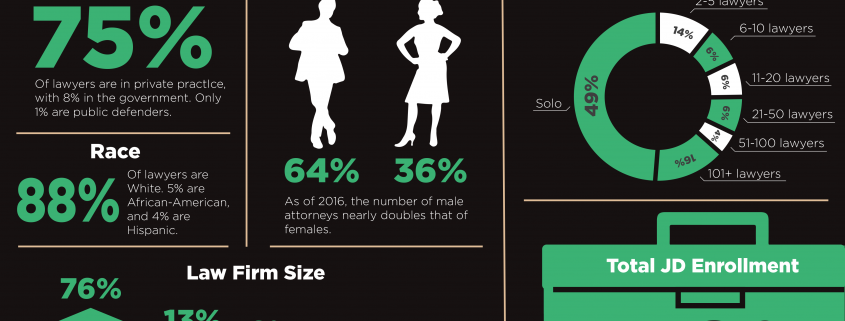What To Anticipate: The Chronology Of A Common Separation Case
What To Anticipate: The Chronology Of A Common Separation Case
Blog Article
Authored By-Ravn Rodriguez
As you start the journey of browsing a separation case, you might find yourself questioning the timeline that lies in advance. From the preliminary stages of submitting papers to the complexities of negotiation and the capacity for a trial, each step holds its very own set of challenges and unpredictabilities. Recognizing the series of events can help you plan for what's ahead and expect the twists and turns that may emerge in the process.
Preliminary Filing and Solution of Records
When beginning the separation procedure, the first step is the first filing of the necessary documents with the court. This step officially starts the lawful procedure and sets the divorce situation moving. International Child Custody must submit kinds that detail the premises for separation, assets, liabilities, earnings, costs, and any other appropriate details called for by the court.
After submitting these files, duplicates should be served to your spouse, educating them of the divorce procedures. This solution can be done via a process-server, sheriff's workplace, or certified mail, ensuring that your partner is officially notified of the separation instance versus them.
When the papers are submitted and served, the court will certainly offer a case number and assign a judge to supervise the situation. It's vital to properly complete and file these documents, as any mistakes or omissions can delay the separation process.
please click the following web site lays the structure for the legal dissolution of your marriage, noting the beginning of a possibly challenging yet required process.
Exploration and Arrangement Phase
During the Discovery and Settlement Phase of a divorce instance, both parties take part in collecting details and trading pertinent files to much better recognize each other's financial situations and various other relevant details. This phase is important as it sets the structure for negotiations and prospective negotiation agreements. Via methods such as interrogatories, requests for manufacturing of files, and depositions, each party aims to uncover facts, properties, financial debts, and various other crucial information that might affect the instance's end result.
Arrangements throughout this stage usually entail discussions on various problems like property division, child guardianship, visitation schedules, and financial support. Both celebrations may deal with their attorneys to explore settlement choices, potentially preventing the demand for a test.
Mediation or collective law processes might also be utilized to assist in effective conversations and reach equally acceptable contracts. It's essential to approach this stage with transparency, sincerity, and a determination to compromise to attain a smoother resolution and lessen the psychological and financial toll of a lengthy court fight.
Test and Final Resolution
Moving on from the Discovery and Settlement Phase, the Trial and Last Resolution stage marks the conclusion of your separation case. This phase is where unsettled issues are brought before a court to make final decisions on issues like possession division, youngster custody, and support. The test usually involves presenting evidence, witness statements, and lawful arguments to sustain your instance.
During the trial, both parties will have the possibility to offer their positions and counterarguments. It's critical to be prepared, as the court's decision will dramatically impact the final outcome of your divorce.
Complying with the test, the court will certainly issue a final judgment that lays out the terms of the divorce, consisting of any monetary negotiations and safekeeping arrangements.
When the judgment is issued, the separation is completed, and both parties are lawfully bound by its terms. While visit the following internet page can be difficult and psychological, it's a required action in the direction of getting to a last resolution and moving on with your life post-divorce.
Final thought
Finally, navigating a divorce situation involves a collection of steps from submitting initial records to reaching a last resolution. Comprehending the timeline of occasions can help you get ready for what to anticipate throughout the procedure. By being positive, looking for lawful support, and staying notified, you can browse the complexities of divorce process with self-confidence and clearness.
